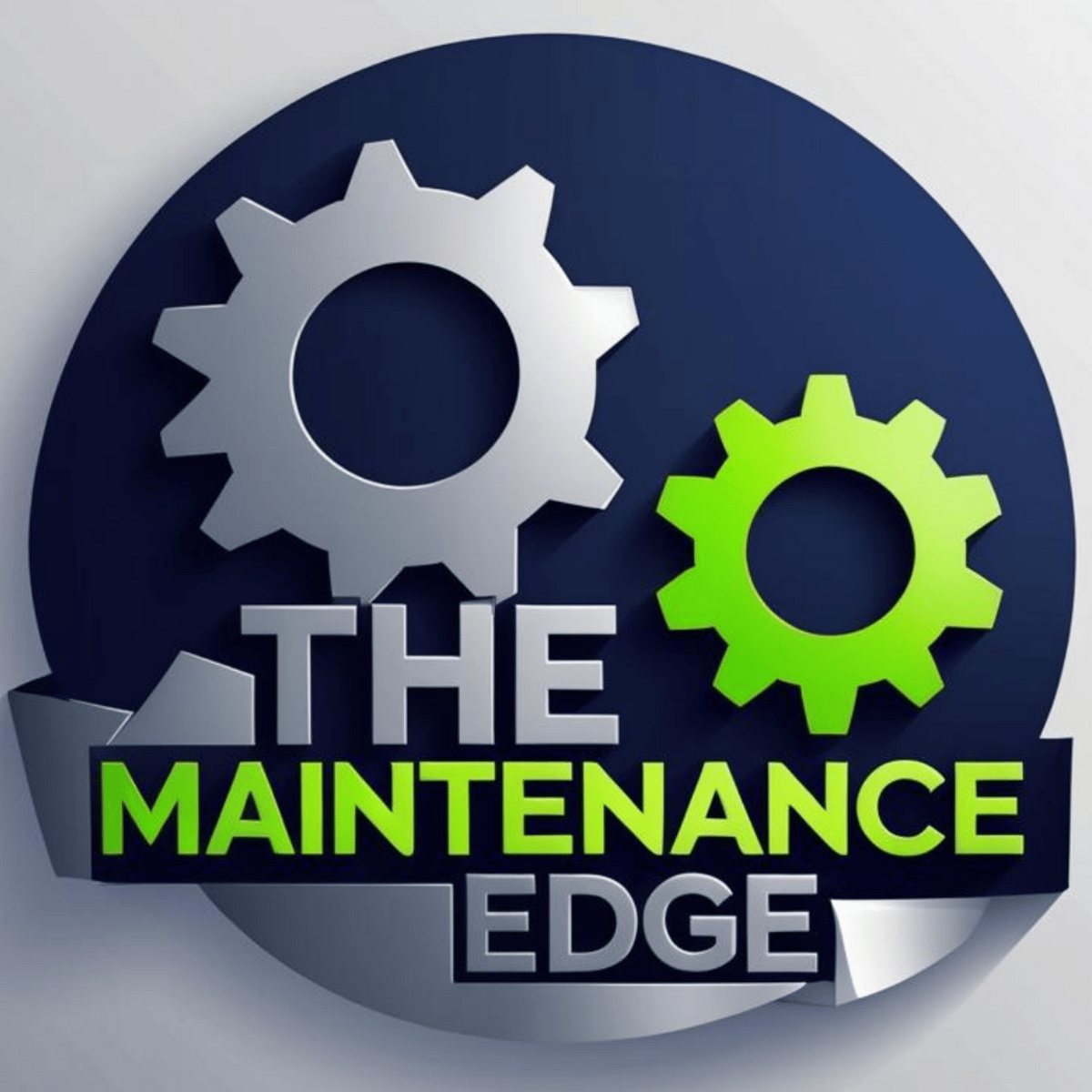The Most Common and Costly Maintenance Oversight
In the complex ecosystem of rotating machinery, no fault is more common, more insidious, or more financially damaging than shaft misalignment. It stands as a primary antagonist to reliability, a silent driver of operational costs, and a direct precursor to catastrophic failure. While often perceived as a simple geometric error, a deeper analysis reveals misalignment to be a complex and dynamic condition responsible for a significant portion of machine downtime and component failure across all industries.1 The financial toll is staggering, with industries losing billions of dollars annually to the premature wear, excessive vibration, and wasted energy that are the direct consequences of poorly aligned machines.1 Some analysts attribute as much as 30% of all machine downtime to this single root cause, making it an issue that no reliability professional can afford to overlook.1
At its core, shaft misalignment is the condition where the geometric centerlines of two coupled shafts—such as a motor and a pump—are not collinear during operation.1 This deviation from ideal co-axiality manifests in three distinct classifications:
Parallel Misalignment: Also known as offset misalignment, this occurs when the two shaft centerlines are parallel but are displaced from one another 1
Angular Misalignment: In this case, the two shaft centerlines intersect at the coupling but are at an angle to one another 1
Combined Misalignment: As the name suggests, this is a combination of both parallel and angular misalignment. It is the most prevalent form encountered in real-world industrial applications, where perfect alignment in one plane rarely coexists with ideal alignment in the other.1

